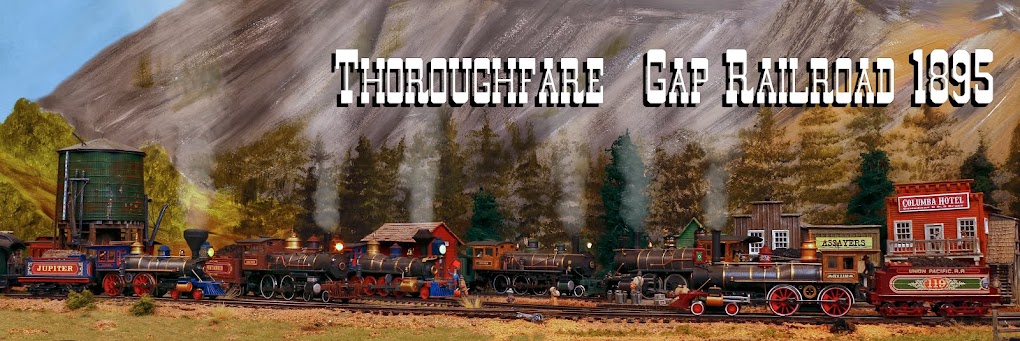 |
| Paragraph 349 of the Standard Code of the American Railway Association 1897 contains the required grade crossing whistle signal. Two long, followed by two short blasts. ___ ___ _ _ |
Friday 27 October 2023
Whistle signals
Friday 20 October 2023
Turntable build part 3
Next, I laid seven roundhouse tracks. I've only got six locomotives, but you never know. While I don't have the appetite or the budget at the moment for another locomotive, perhaps one day someone will release a really nice turn-of-the-century locomotive (I wouldn't mind an 1870-80s wagon top boiler ten-wheeler with a balloon stack). Truth be told there will be my two-stall enginehouse at the other end of the layout, so in fact there will be storage space for three extra locomotives, but that's academic right now. There's an overhead photo below showing the outline of where the roundhouse walls will go when I get around to building those (planning for a stone roundhouse).
I've put in an overshoot track so all tracks coming from the yard have something on the other side of the turntable. Since the photos below were taken I've trimmed the overshoot track a little. The overshoot track is also wired with power in case locomotive pickups are on the overshoot.
As the track work was coming together I made a few compromises and changes from the original plan. The photos show the coaling tower closest to the turntable with the MoW track extending behind. In theory, I could spot a coal gondola there to service the tower. However, I've since trimmed the MoW track and placed the water tower closest to the turntable. It feels a little less cluttered and while that means I can't spot a coal gondola behind the tower, I think that will be secondary overall to the general feel of the scene.
The second compromise was the caboose track. I really didn't want anything in front of the turntable to block the view. But in the end, this was the only space/most logical space I could think of for the cabeese. In reality, there should only be a few cabeese on this track at a time, which shouldn't block the view too much, and may add some foreground interest once the roundhouse is built. I've placed the track heading off the edge of the layout, hopefully giving the impression there is more to the track than is shown on the scene. In theory, it could serve as an attachment point in the future if I ever needed to attach a module there.
Coming up next I'm looking to build my own hand crank mechanism for rotating the turntable without reaching into the scene.
 |
| The caboose track has a pin to prevent cars from rolling off the layout. But I liked the idea of a track disappearing 'off layout'. |
Friday 13 October 2023
Miniatures
If you're familiar with this blog then you will have read of the miniature painting talents of my father who has painted all the figures for the railroad. I wanted to share some photos of other scale figures he painted from the American Civil War and Native American Wars.
I'm always impressed by the level of detail he is able to bring out through his painting methods. In particular, I think the eyes are able to convey so much emotion and drama.
I hope you enjoy this selection of photos of his miniatures as much as I do.












